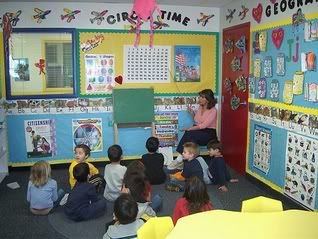
Phonics instruction is important because the use of phonics helps your child to associate sounds and spellings and as a result they are better equipped to decode the words. This decoding of the words improves the child’s ability to recognized words which builds their vocabulary and as a result increases their reading fluency. As your child builds on this foundation of phonics, all this eventually ties together in the form of being able to concentrate more on the meaning of the text rather than struggling with each individual word. As a result, comprehension then begins to rise. A side benefit to learning from phonics is that the child’s spelling will have the tendency to improve as they become more skilled in reading and recognizing words.
Phonics instruction and practice should be aloud and demonstrative. Encourage your child to make the sounds aloud so you can literally hear their thought process. This will also enable you to discover any early reading difficulties that your child may have or develop. Always follow and incorporate each step by step sequence of learning new letter – sound – word construction with exercises in actually reading these new learned skills. Always focus any new letter – sound – word – spelling relationship with an exercise of actual reading.
Words, whether spoken or written, consist of sounds. Phonics is the practice of building the relationship between the letters or symbols and the associated sounds that they make. Building this foundation for your child through effective phonics instruction insures that the child moves quickly from learning the word to building a vocabulary which in turn improves their comprehension.
By Mary Joyce


No comments:
Post a Comment